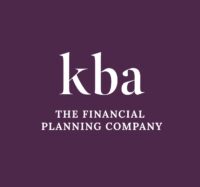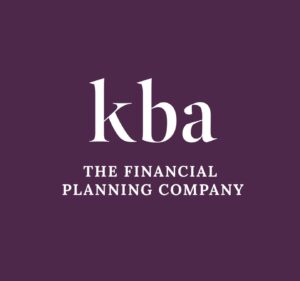As a parent or grandparent, creating a nest egg for children may be one of your goals. However, the cost of living crisis may mean you’re worried about whether you can still put enough aside to build a savings account for them.
Creating a nest egg for children is a common goal. According to a report in FT Adviser, more than 6 in 10 new parents start saving or investing for their newborn.
Putting money aside throughout their childhood could mean they can reach milestones easier. Your child could use it to support their education, purchase a first home or pay for driving lessons.
As you review your expenses in light of rising inflation, you should look at the steps you’re taking to build up a nest egg too. Here are five tips that could help you stay on track.
1. Make nest egg contributions part of your budget
If contributing to a savings account on behalf of your child is important to you, make it part of your budget.
Putting the savings as an outgoing alongside paying your mortgage or utility bills can help you prioritise it.
Another simple step is to arrange a standing order. This means you don’t have to remember to transfer the money each month. A standing order will automatically transfer the sum on a specified date. It means you don’t risk forgetting about the contribution and spending the money on something else.
2. Stick to regular contributions
Even if you need to reduce how much you’re putting away, make regular contributions. Small but frequent contributions can add up to more than you expect.
When you’re building up a nest egg, consistency is key.
While the FT Adviser research found that many new parents have intentions of creating a nest egg for their children, by the time the child reaches secondary school, only 54% are still making contributions.
Adding £10 a week to your child’s savings account for 18 years adds up to more than £9,000 – a sum that can really give them a helping hand as they become more independent.
Another option to consider is using a “round-up” feature, which many banks now offer. When you make a purchase, your bank rounds up the cost to the nearest pound and transfers the difference to a savings account. So, if you purchased a £2.70 coffee, 30p would be added to your nest egg. The individual figures are small but combined they can give savings a boost.
3. Make your savings efficient
Considering tax efficiency can help you get the most out of the savings you’re putting aside.
If you’re saving on behalf of your child, one option to consider is a Junior ISA (JISA), which provides a tax-efficient way to save or invest. For the 2022/23 tax year, you can add up to £9,000 to a JISA.
One thing to keep in mind with a JISA is that the money will not be accessible until the child is 18. As a result, it’s not the right option if you may want to access the savings sooner.
The child will also be able to access the money how they wish once they turn 18. So, it may be a good idea to discuss how they could use the money to reach their goals.
4. Shop around for the best interest rate
While rising prices may put pressure on your budget, it is good news for savers.
To tackle rising inflation, the Bank of England (BoE) has increased its base interest rate several times this year. After more than a decade of very low interest on savings, there are now better options available.
Shopping around for an account that’s right for you and provides a competitive interest rate can make your savings work harder. Over the years that you could be contributing to a nest egg, even a small difference in the interest rate can have an effect.
The BoE is expected to make further increases to its base interest rate. Regularly reviewing the interest your savings are earning and what your other options are can make sure you’re getting the most out of your money.
5. Consider investing
While money held in a savings account earns interest, the rate of inflation is likely higher. In real terms, this means that the value of the savings is falling, as it’ll be able to buy less and less as costs rise.
Over the long term, inflation can have a serious effect on the value of your savings.
£10,000 in a savings account in 2011 would need to have grown to £11,941 to deliver the same value in 2021, according to the BoE’s inflation calculator. It’s very unlikely that interest would have delivered the returns needed to maintain the value of your savings.
If you will be saving over the long term, investing the money could provide a solution. While investments can experience volatility and fall in value, over the long term, they have historically delivered returns above inflation, so the value of your nest egg could grow.
Despite this, a report in the Independent, found that 83% of parents who are saving for children do so exclusively in cash.
If you’re thinking about investing, it’s vital you consider what level of risk is appropriate for your goals. This is something we can help with.
Do you have questions about building a nest egg for children?
Making a nest egg for children or grandchildren part of your financial plan can help you reach your goal. We’re here to help you understand what steps you can take to provide your loved ones with financial support and answer any questions you have. Please contact us to arrange a meeting.
Please note: This blog is for general information only and does not constitute advice. The information is aimed at retail clients only.
The value of your investment can go down as well as up and you may not get back the full amount you invested. Past performance is not a reliable indicator of future performance and should not be relied upon.



